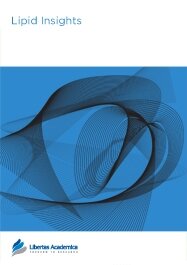


1Instituto de Microbiologia Professor Paulo de Góes, Universidade Federal do Rio de Janeiro, 21941-590, Brazil. 2Unidade de Oncologia Experimental and Disciplina de Biologia Celular, Universidade Federal de São Paulo; São Paulo, SP 04023-062, Brazil.
Abstract
It is well known that mammalian glycosphingolipids (GSL) play key roles in different physiological and pathophysiological processes. The simplest GSL, glucosylceramide (GlcCer), is formed through the enzymatic transfer of glucose to a ceramide moiety. In mammalian cells this molecule is the building block for the synthesis of lactosylceramides and many other complex GSLs. In fungal cells GlcCer is a major neutral GSL that has been considered during decades merely as a structural component of cell membranes. The recent literature, however, describes the participation of fungal GlcCer in vital processes such as secretion, cell wall assembly, recognition by the immune system and regulation of virulence. In this review we discuss the most recent information regarding fungal GlcCer, including (i) new aspects of GlcCer metabolism, (ii) the involvement of these molecules in virulence mechanisms, (iii) their role as targets of new antifungal drugs and immunotherapeutic agents and, finally, (v) their potential participation on cellular signaling in response to different stimuli.
PDF (1.79 MB PDF FORMAT)
RIS citation (ENDNOTE, REFERENCE MANAGER, PROCITE, REFWORKS)
BibTex citation (BIBDESK, LATEX)


I found the process of going through submission, review, editing, and publication to be quite easy. Everything was handled professionally and competently. The quality of the reviews were as good as any I have experienced in 30 years of publishing in scientific journals.
Facebook Google+ Twitter
Pinterest Tumblr YouTube